“The Bible says that God created the world by dividing the land from the water. If so, He forgot about wetlands.”
The word “wetlands” might bring to mind godforsaken swamps only fit for a few birds, who move on when the season allows. In reality, a wetland – meaning ground permanently or periodically inundated by water – can be any of a great variety of rich ecosystems, including sandy beaches, coral reefs, freshwater springs or alpine meadows.
Many astonishing early human civilisations – in Mesopotamia, ancient Egypt, Angkor – grew by and out of fertile wetlands. As well as abundant food, wetlands provide a buffer to extreme weather like floods and tidal surges. Scientists are now revealing that they are also much deeper carbon sinks than their watery surfaces suggest: coastal ecosystems typically sequester carbon dioxide several times faster than the net rate by mature tropical forests.
Water Lands is a superb written and visual introduction to the history and possible future of 27 of the world’s most remarkable wetlands – soggy, liminal places where water and land are never fully one thing or the other.
The book documents an array of management mistakes, with many wetlands having been pumped or dammed out of existence. We learn, for example, that although Donald Trump liked to call the federal government a “swamp” that needed draining, it was in fact the driving force behind the US losing more than half of its wetlands between 1780 and 1980. This included the virtual wiping out of the Mississippi floodplain, which has contributed to the river periodically breaching all levee systems designed for it.
But the book also contains plenty of examples of people living in productive harmony with wetlands and covers the recent, hopeful surge in understanding of their importance – and concerted efforts to preserve and restore them. One of the most exciting case studies is the Zoige grassland on the edge of the Tibetan plateau, where a restoration programme has prompted a resurgence in birdlife, including the vulnerable black-necked crane.
Below we’ve featured a selection of images from Water Lands, by Fred Pearce and Wetlands International CEO Jane Madgwick, and published by HarperCollins on 2 February 2020.
Thousands of fishers once spent much of the year camped on India’s Lake Loktak, harvesting its produce using traditional techniques. But the lake’s ecological balance has been lost due to an upstream dam, and the government has now banned people from living there. (Image © Peter Adams/Getty Images)
Two men paddle through New Orleans after Hurricane Katrina in 2005. The flooding was made much more severe by the destruction of the wetlands of the Mississippi river delta, which would otherwise have absorbed much of the seawater that surged into the city. (Image © Mario Tama/Getty Images)
Waterways in the picturesque backwaters of Kerala, southern India, have become clogged with invasive water hyacinth from South America. This has followed the draining of marshes that also raise the risk of floods during heavy monsoon rains, as happened in 2018. (Image © Fred Pearce/Wetlands International)
Tourists and residents regularly have to escape flooding across the low-lying parts of Venice. In the floods of 2019, over 85% of the city was inundated and two people died. (Image © Stefano Mazzola/Awakening/Getty Images)
Thousands of species of plants occupy the páramos, wetlands of Andean
Colombia. Many, like these frailejones with their tall spiky leaves, both thrive on the sodden soil and help keep it wet by capturing moisture from passing clouds. © COLOMBIA Landmarks and People by Vision/Alamy)
Seafood for sale at a market in the Chinese city of Dalian on the shores of the Bohai Sea. Much of the mudflats along the Bohai coast have been reclaimed for industrial and agricultural purposes, and the ecosystem has yet to fully recover from a major oil spill in 2010. (Image © Arthur J D/Greenpeace)
The Zoige or Ruoergai wetlands on the Tibetan plateau in west China’s Sichuan province were drained in the Mao era. But now those drains are being blocked, with promising consequences. (Image © Dong Lei/naturepl.com)
The Rufiji, running through Tanzania, is Africa’s sixth largest river. Its varying flows and constant supplies of silt maintain the mangrove swamps of its delta, on the shore of the Indian ocean. But a dam under construction upstream threatens to disrupt the delicate hydrology and undermine the delta’s fertility. (Image © Michael Poliza/NG Image Collection)
The world’s largest wetland, the Pantanal is a home to the most water-loving big cat, the jaguar. Straddling
Brazil,
Paraguay and
Bolivia, this vast and remote land of muddy water flows, lakes and seasonally flooded grasslands, is interspersed with forest islands and salt pans. (Image © Rafael Hoogesteijn/Panthera Brasil)
A traditional fisherman in a dugout canoe on the River Cuiaba in the Brazilian Pantanal. Restrictions have been imposed on such local fishers after rampant overharvesting by tourists, equipped with speedboats and freezers. (Image © José Sabino/Wetlands International)

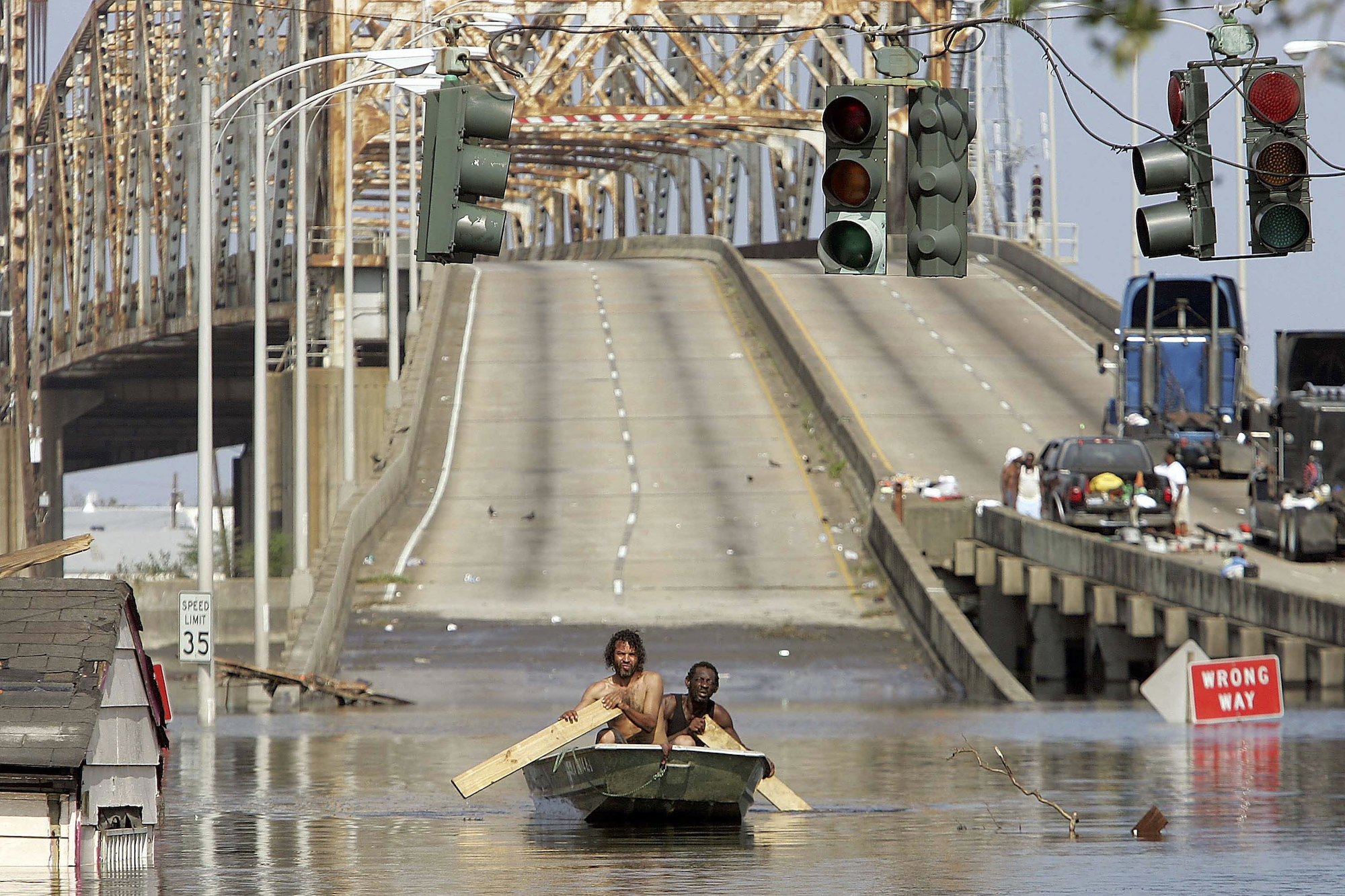

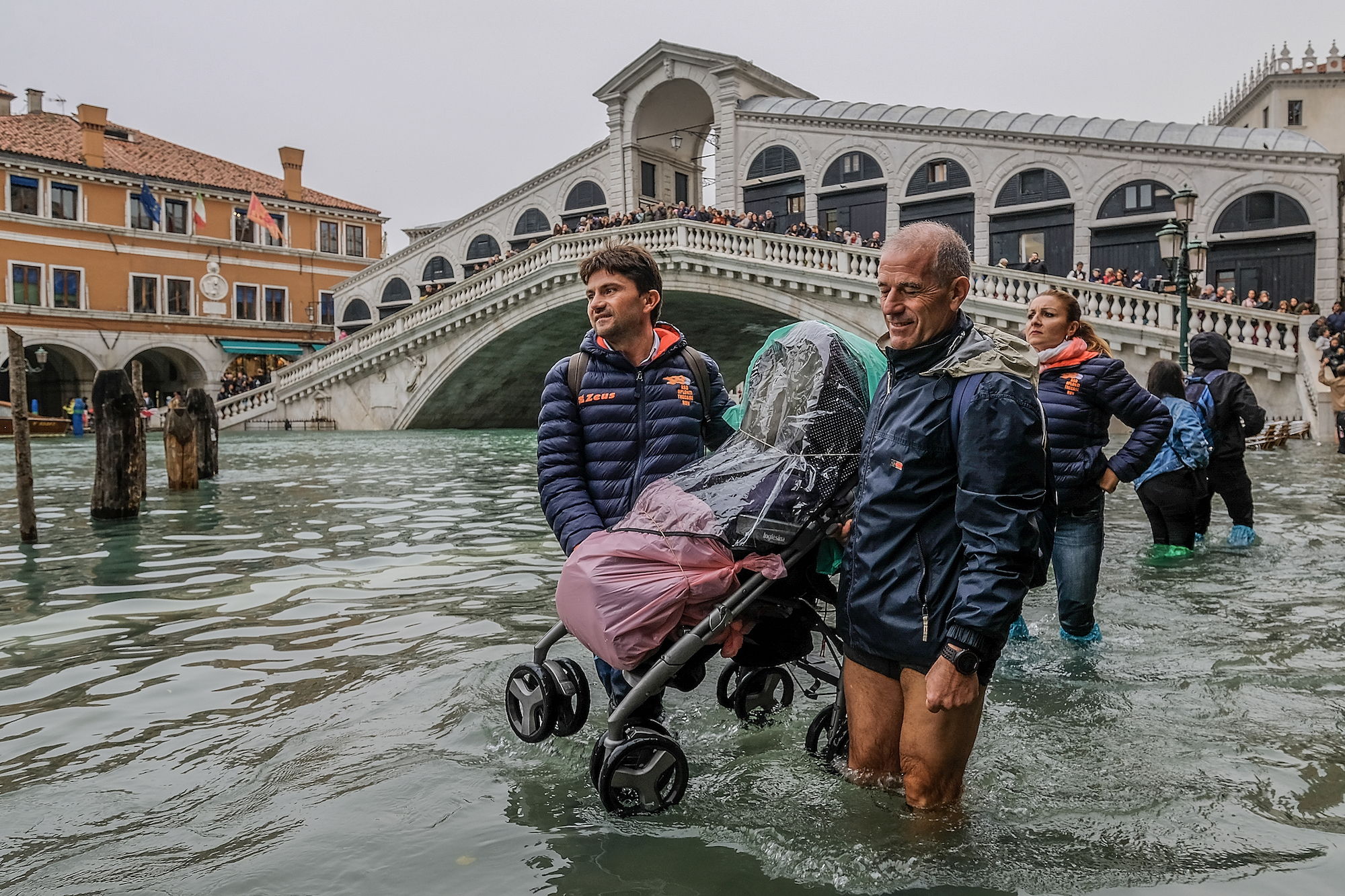

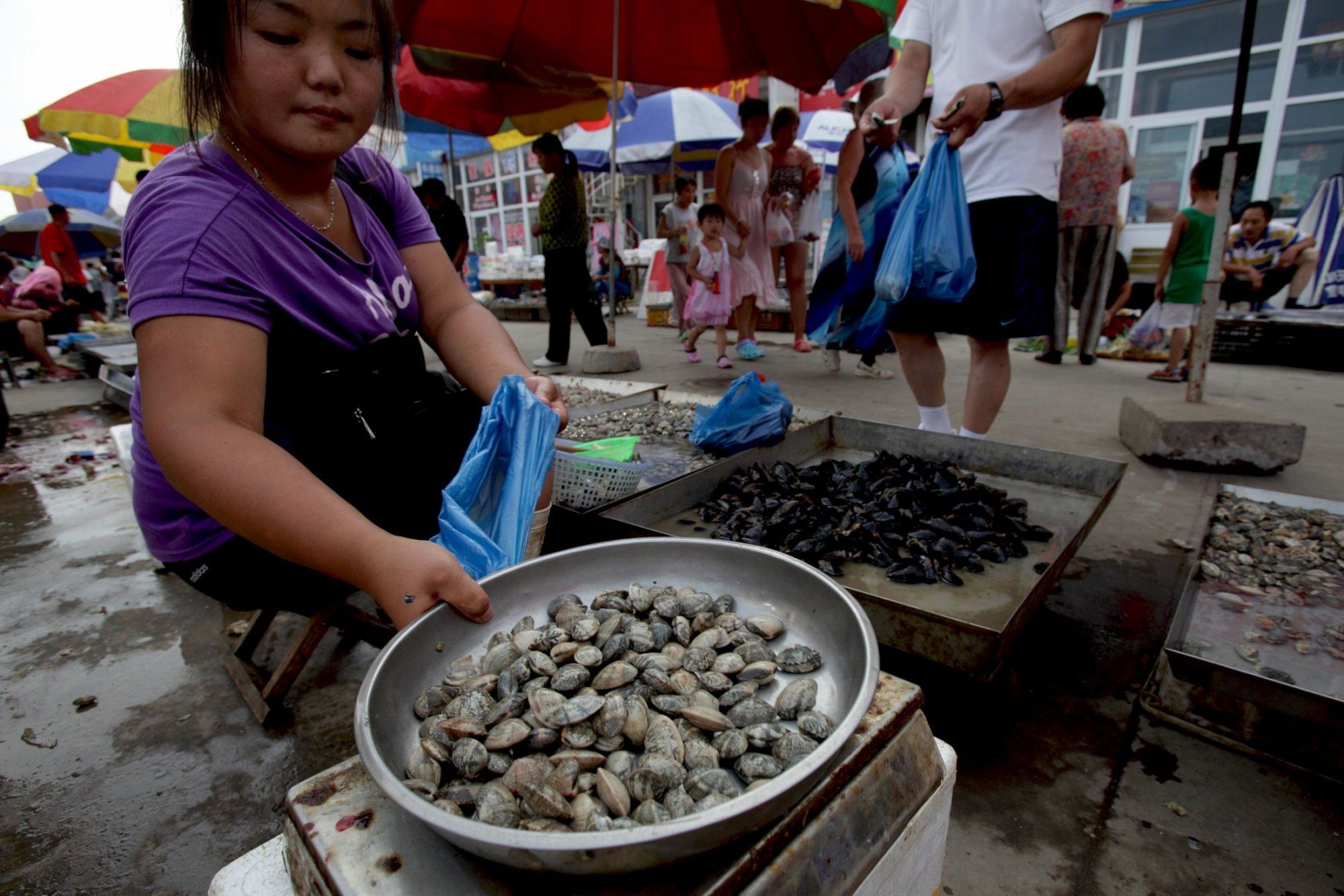
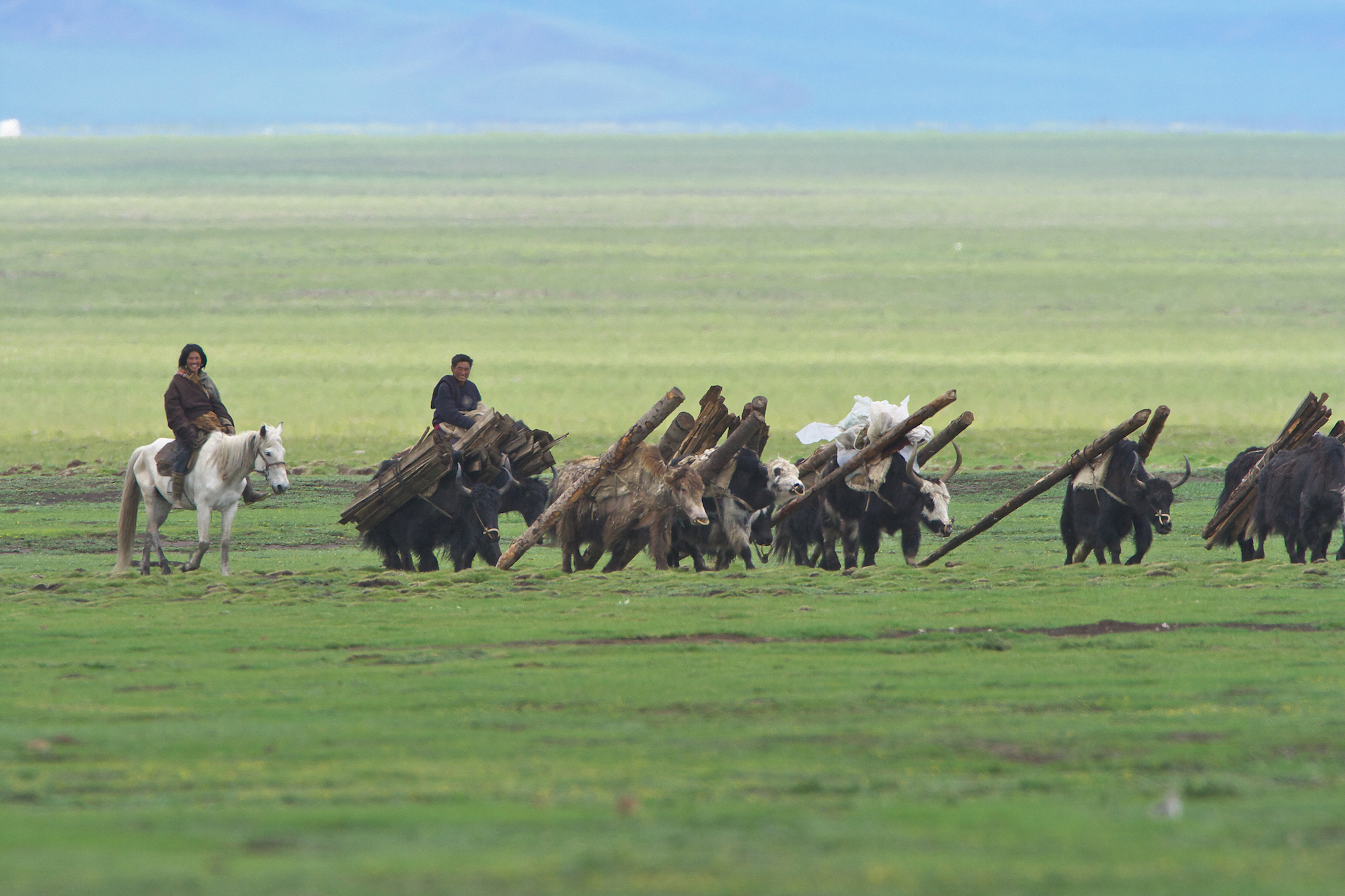
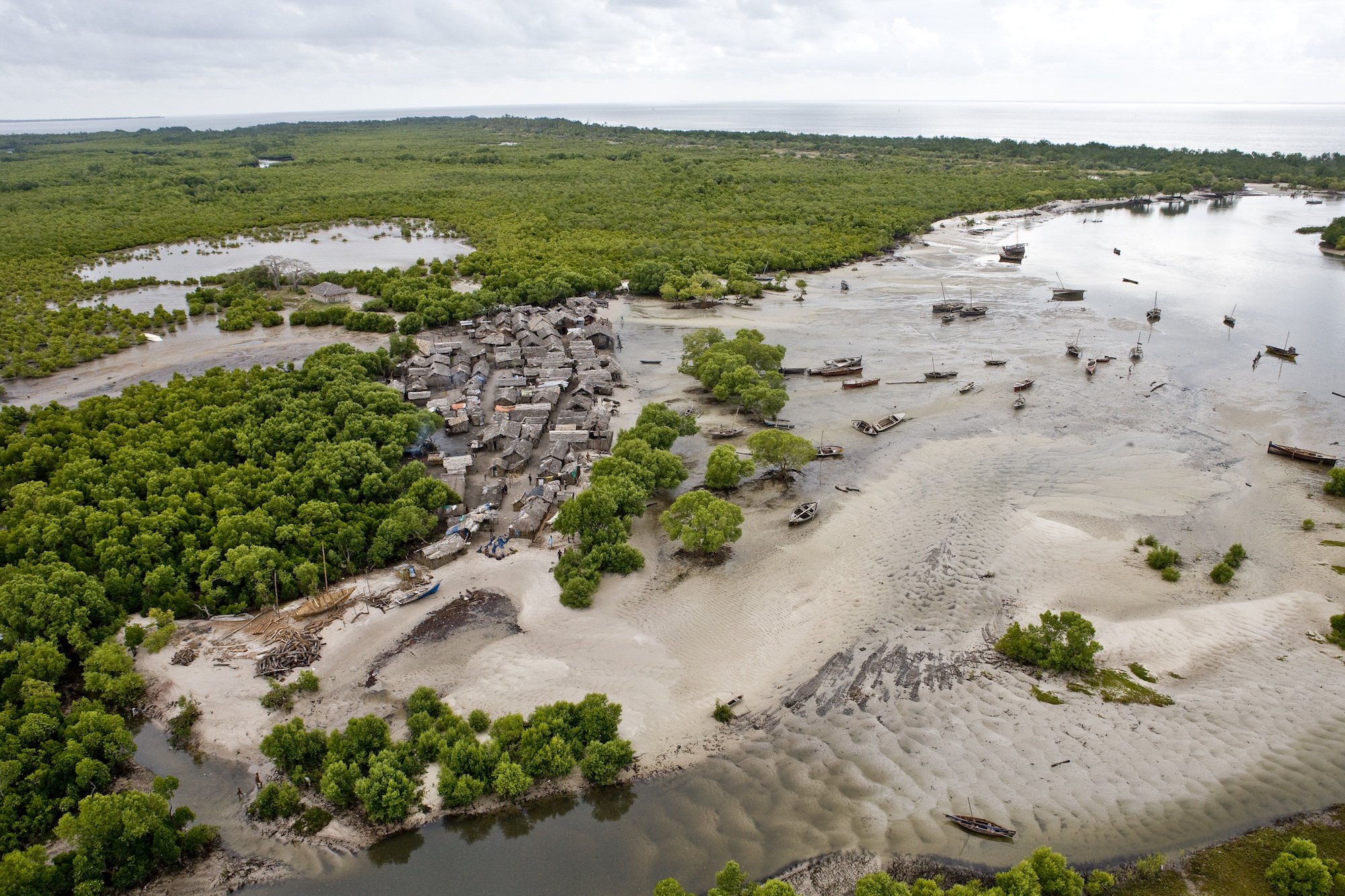
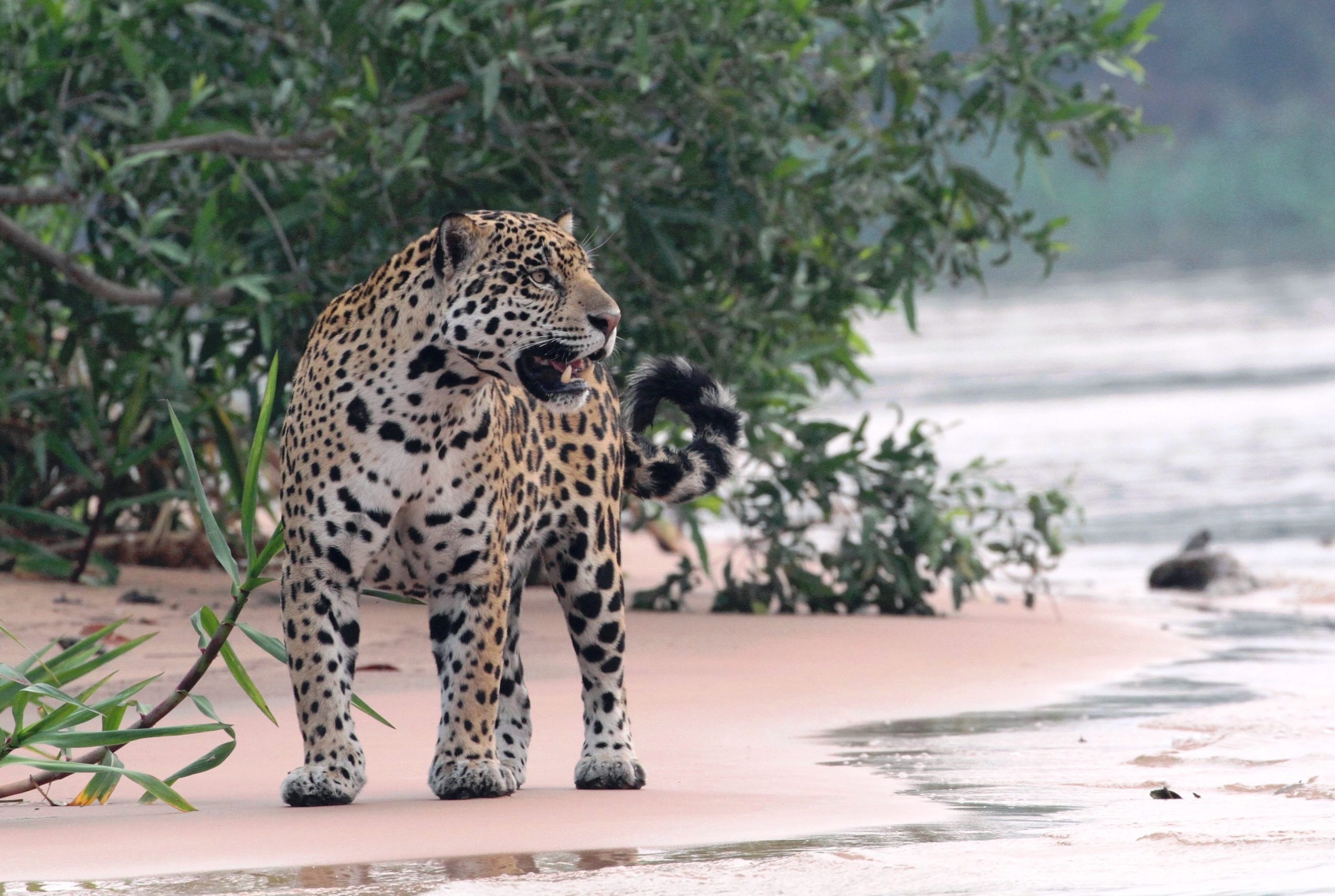
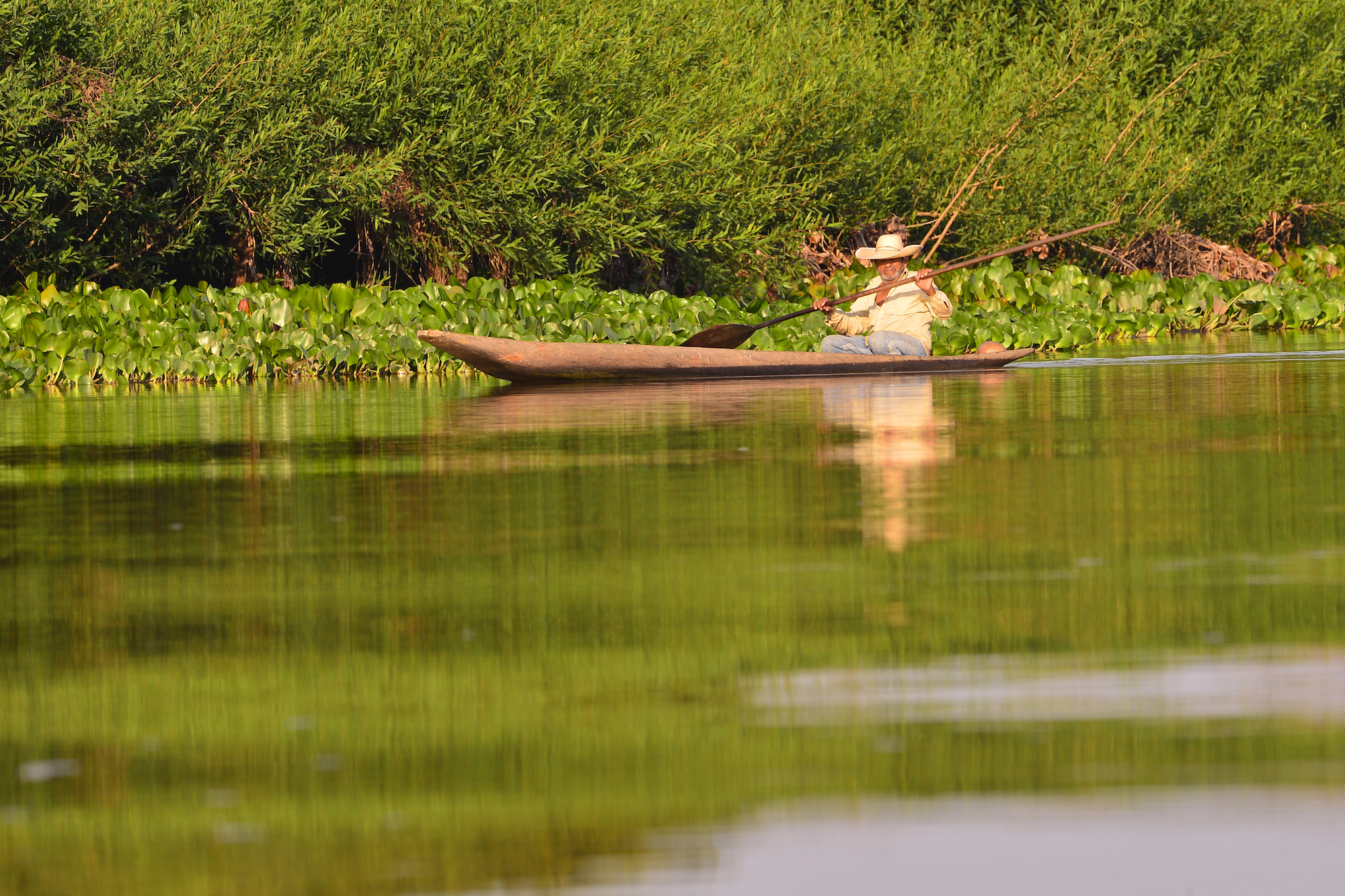
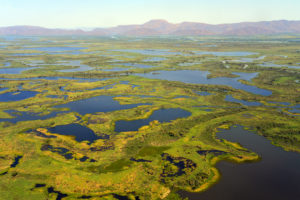

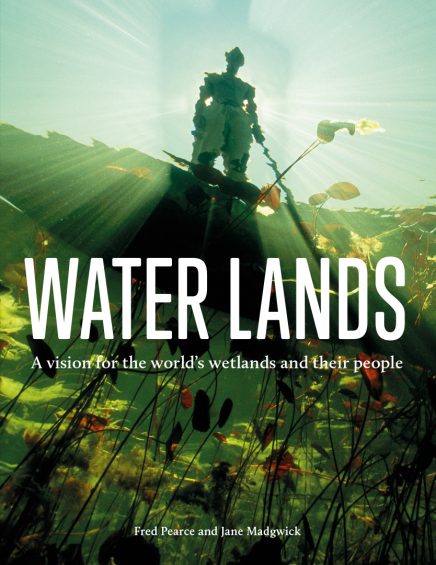
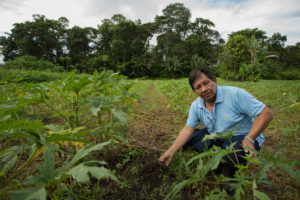

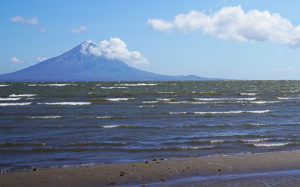


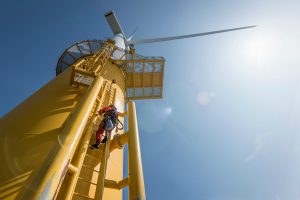
![Tara Karki on the bank of the Mahakali, with India across the river [All images by: Minket Lepcha]](https://dialogue.earth/content/uploads/2020/02/Minket-story-3-Tara-Karki-Main-Pic-300x200.jpg)
